



Kinross-shire | 1507
Arnot lies on the border of Kinross-shire and Fife just to the east of Loch Leven. It first appears in the records in the twelfth century when it was held by a family who took the name Arnot. It seems this family continued to hold the lands for several centuries.
The barony once contained Scotlandwell with its famous holy well and curative waters which have been famed ever since Roman times, becoming a place of pilgrimage in the medieval period.
1856 OS map Fife, Sheet 23. Reproduced with the permission of the National Library of Scotland. (CC BY NLS)
It is said that when an ambassador was sent by King Henry VIII of England to King James of Scotland at St Andrews, three yeomen and three landed gentlemen competed in an archery contest with six of the ambassador’s retinue. David Arnot of Arnot was one of the Scots archers. They beat the English and claimed the prize of a hundred crowns and a tun of wine.
Unknown, James IV, 1473 - 1513. Reigned 1488 - 1513|National Galleries of Scotland (CC-BY NC)
Charles may have fought at the disastrous Battle of Dunbar in 1650, when a Scots army supporting the new King Charles II was crushed by the English under Oliver Cromwell. For many years Scotland was under English occupation, and many supporters of the Stuart monarchy were fined. It may be that this contributed to the financial difficulties of the Arnot family, as David, son of Charles, spent much of his life pursued by creditors. David was recognised as heir to the Arnot estates in 1670 and sat in Parliament several times as Commissioner for Kinross.
Farmland, Scotlandwell © 2009 Richard Webb (CC BY-SA 2.0)
Bruce was a famed architect credited for many important buildings in Scotland. For a time Arnot was once again held by the Arnot family in the person of Sir John Arnot, who rose to become a general in the British army, but was returned to the Bruce family from the middle of the century. The family continued to be prominent members of British society, particularly in the colonies.
The Well at Scotlandwell © 2010 Dave Fergusson (CC BY-SA 2.0)
before going on to have a successful career in British colonial service as governor of Guiana, Mauritius and the Windward Isles. Since 2016, the dignity of the barony has been held by Willem Blanken.






On the Cowal Peninsula, on the eastern shore of Loch Fyne in Argyll, stands the ancient Barony of Otterinverane. The Barony takes its name from the sandbank which juts out more than halfway across Loch Fyne, An Otir meaning ‘the long low promontory’ and Bharain, meaning ‘Baron’ in Gaelic, thus ‘the Baron’s Otter’. It was established formally into a barony by the Scottish Crown sometime between 1295 and 1395.
Kinross-shire | 1507
Arnot lies on the border of Kinross-shire and Fife just to the east of Loch Leven. It first appears in the records in the twelfth century when it was held by a family who took the name Arnot. It seems this family continued to hold the lands for several centuries.
The barony once contained Scotlandwell with its famous holy well and curative waters which have been famed ever since Roman times, becoming a place of pilgrimage in the medieval period.
1856 OS map Fife, Sheet 23. Reproduced with the permission of the National Library of Scotland. (CC BY NLS)
It is said that when an ambassador was sent by King Henry VIII of England to King James of Scotland at St Andrews, three yeomen and three landed gentlemen competed in an archery contest with six of the ambassador’s retinue. David Arnot of Arnot was one of the Scots archers. They beat the English and claimed the prize of a hundred crowns and a tun of wine.
Charles may have fought at the disastrous Battle of Dunbar in 1650, when a Scots army supporting the new King Charles II was crushed by the English under Oliver Cromwell. For many years Scotland was under English occupation, and many supporters of the Stuart monarchy were fined. It may be that this contributed to the financial difficulties of the Arnot family, as David, son of Charles, spent much of his life pursued by creditors. David was recognised as heir to the Arnot estates in 1670 and sat in Parliament several times as Commissioner for Kinross.
Farmland, Scotlandwell © 2009 Richard Webb (CC BY-SA 2.0)
Bruce was a famed architect credited for many important buildings in Scotland. For a time Arnot was once again held by the Arnot family in the person of Sir John Arnot, who rose to become a general in the British army, but was returned to the Bruce family from the middle of the century. The family continued to be prominent members of British society, particularly in the colonies.
The Well at Scotlandwell © 2010 Dave Fergusson (CC BY-SA 2.0)
before going on to have a successful career in British colonial service as governor of Guiana, Mauritius and the Windward Isles. Since 2016, the dignity of the barony has been held by Willem Blanken.
Willem Blanken, Baron of Arnot – 2022








Contact
Forum for the Scottish Baronage, c/o Brodies LLP, Capital Square, 58 Morrison Street, Edinburgh EH3 8BP, Scotland UK
Copyright
Copyright 2022, Forum for The Scottish Baronage, as a collective work, all additional rights to content contributed and/or licensed contained herein are expressly reserved to such contributors and licensors as independently owned and protected copyrighted works.







